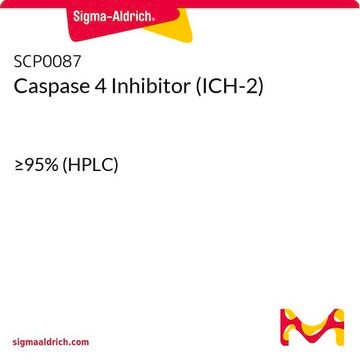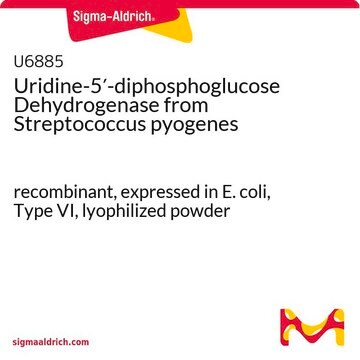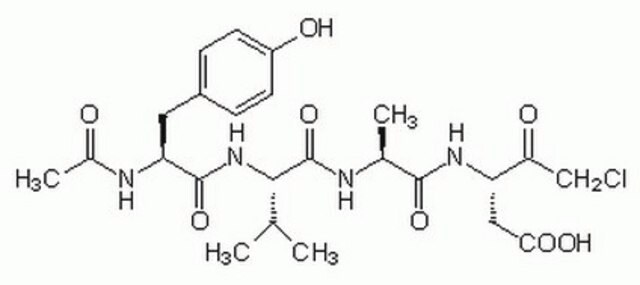All Photos(1)
About This Item
Empirical Formula (Hill Notation):
C23H37N5O10
Molecular Weight:
543.57
UNSPSC Code:
12352200
NACRES:
NA.32
Recommended Products
assay
≥95% (HPLC)
form
lyophilized
composition
Peptide Content, ≥80%
storage condition
protect from light
storage temp.
−20°C
Amino Acid Sequence
Ac-Val-Asp-Val-Ala-Asp-al
Application
Caspase 2 Inhibitor (Ac-VDVAD-CHO) is a non-selective (also inhibits caspase 3) but powerful inhibitor of caspase 2 used to study the role of caspase 2 in cell processes.
Storage Class
11 - Combustible Solids
wgk_germany
WGK 3
flash_point_f
Not applicable
flash_point_c
Not applicable
Certificates of Analysis (COA)
Search for Certificates of Analysis (COA) by entering the products Lot/Batch Number. Lot and Batch Numbers can be found on a product’s label following the words ‘Lot’ or ‘Batch’.
Already Own This Product?
Find documentation for the products that you have recently purchased in the Document Library.
Customers Also Viewed
Michel C Maillard et al.
Bioorganic & medicinal chemistry, 19(19), 5833-5851 (2011-09-10)
Several caspases have been implicated in the pathogenesis of Huntington's disease (HD); however, existing caspase inhibitors lack the selectivity required to investigate the specific involvement of individual caspases in the neuronal cell death associated with HD. In order to explore
Bin Fang et al.
Journal of molecular biology, 360(3), 654-666 (2006-06-20)
The molecular basis for the substrate specificity of human caspase-3 has been investigated using peptide analog inhibitors and substrates that vary at the P2, P3, and P5 positions. Crystal structures were determined of caspase-3 complexes with the substrate analogs at
Ju Youn Kim et al.
Cell, 175(1), 133-145 (2018-09-18)
Nonalcoholic fatty liver disease (NAFLD) progresses to nonalcoholic steatohepatitis (NASH) in response to elevated endoplasmic reticulum (ER) stress. Whereas the onset of simple steatosis requires elevated de novo lipogenesis, progression to NASH is triggered by accumulation of hepatocyte-free cholesterol. We
Our team of scientists has experience in all areas of research including Life Science, Material Science, Chemical Synthesis, Chromatography, Analytical and many others.
Contact Technical Service








